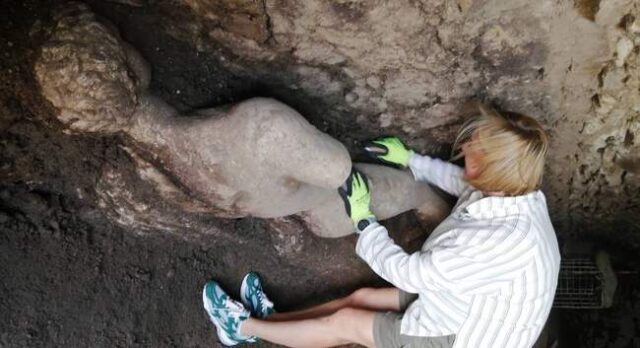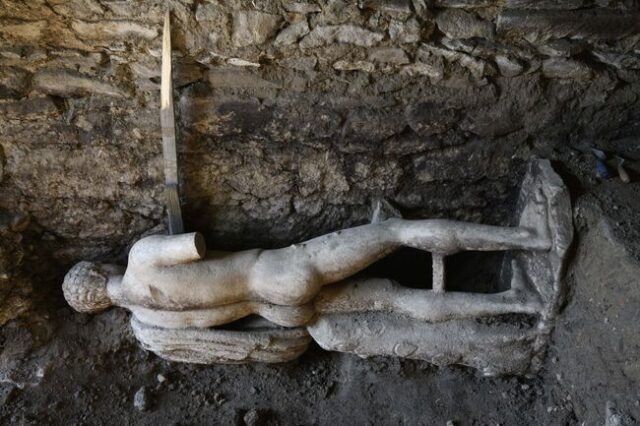
Bulgarian archaeologists conducting routine excavations made an extraordinary discovery in an ancient sewer system at Heraclea Sintica: a pristine marble statue of the Greek god Hermes. Believed to have been buried to protect it from overzealous Christianized Romans, the statue was located in the sewers of this lesser-known ancient site near the Greco-Bulgarian border. Heraclea Sintica, historically linked to the Macedonian kingdom of Philip II and Alexander the Great yielded one of the finest artifacts ever found in Bulgaria. Lyudmil Vagalinski, the scientific director of the excavation, recounted the discovery to the New York Times, expressing astonishment at the sight of the intact statue emerging from the ancient infrastructure.

The city of Heraclea Sintica suffered numerous earthquakes starting in 388 CE, leading to its eventual abandonment around 500 CE as nomadic tribes such as the Bulgars and Huns took control of the region. Two main theories suggest why the statue was placed in the sewers: residents either sought to protect it from earthquakes or from the risk of confiscation by Romans who had adopted Christianity and banned pagan idols. Despite the new Christian ideology, it appears the inhabitants still valued their pagan heritage. Efforts are now underway to safely extract the statue using a specialized hydraulic crane. Once retrieved and cleaned, the statue, remarkably well-preserved with minimal damage, will be displayed at the History Museum in Petrich, underscoring its significance as one of the best-preserved ancient artifacts in Bulgaria.















